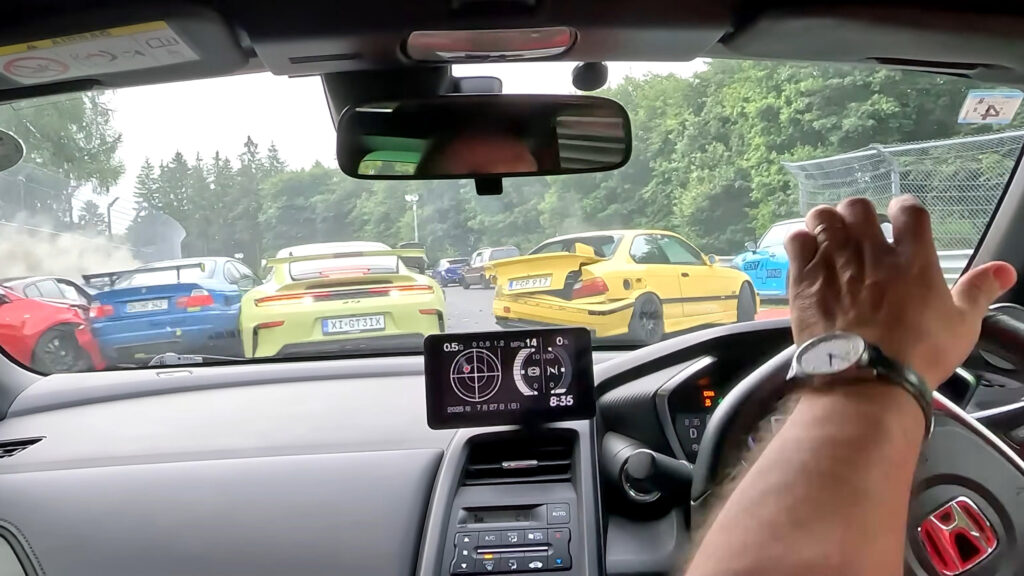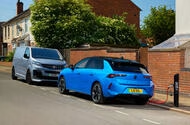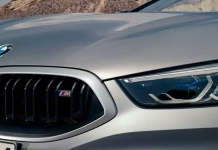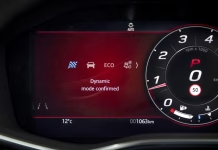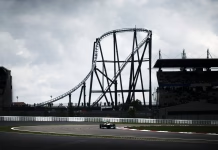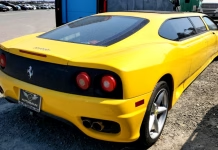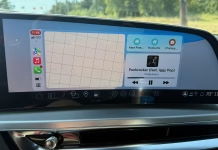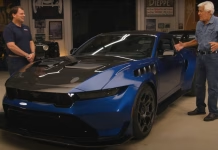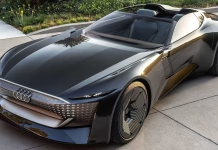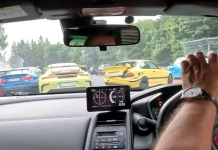Find Your Next Home With Ease: New Property Listings Highlight Electric Vehicle Charging Access
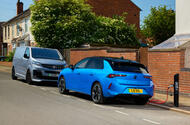 House-hunting website partners with Vauxhall to boost visibility of EV charging infrastructure
House-hunting website partners with Vauxhall to boost visibility of EV charging infrastructure
One of the UK's biggest property websites will now tell you how easy it is to charge electric vehicles at the house or flat you're viewing.
Zoopla has partnered with Vauxhall to make it easier for buyers and renters to find homes that are near public chargers or which have a domestic charger installed already.
It has added new details to each listing on its website and app, revealing the distance between a house or flat and its nearest public charger – as it does already for schools and train stations – using data provided by energy company Octopus.
Zoopla users will also be able to filter out properties that aren't equipped with home chargers from their results.
The move comes in response to a Vauxhall-backed survey which found that 40% of buyers would consider proximity to EV charging facilities when next moving house.
A third of the survey's 2000 respondents also said that a lack of accessible EV charging would deter them from a property - and that figure was as high as 84% for existing EV drivers.
Vauxhall notes that the average UK home owner stays in one property for 17 years, so homes being purchased today will take the majority of buyers "well beyond the introduction of the forthcoming ban of new petrol and diesel car sales".
The partnership with Zoopla is part of Vauxhall's 'Electric Streets of Britain' campaign, which aims to accelerate the roll-out of on-street EV charging infrastructure, in recognition that 40% of UK households don't have a driveway so can't easily have a home charger installed.
Recent analysis by Zoopla of its listings found that just 1.6% explicitly mentioned EV charging capacity, despite electric cars now accounting for around a fifth of new car sales.
"This comparison highlights the risk of property agents missing an opportunity to demonstrate a feature of a house or flat that is becoming increasingly vital for consumers," the company said.
BMW Unveils Limited Edition 8-Series at Monterey Car Week in Emotional Farewell

Firefighters Rescue Curious Cat Trapped in Cadillac Engine Bay
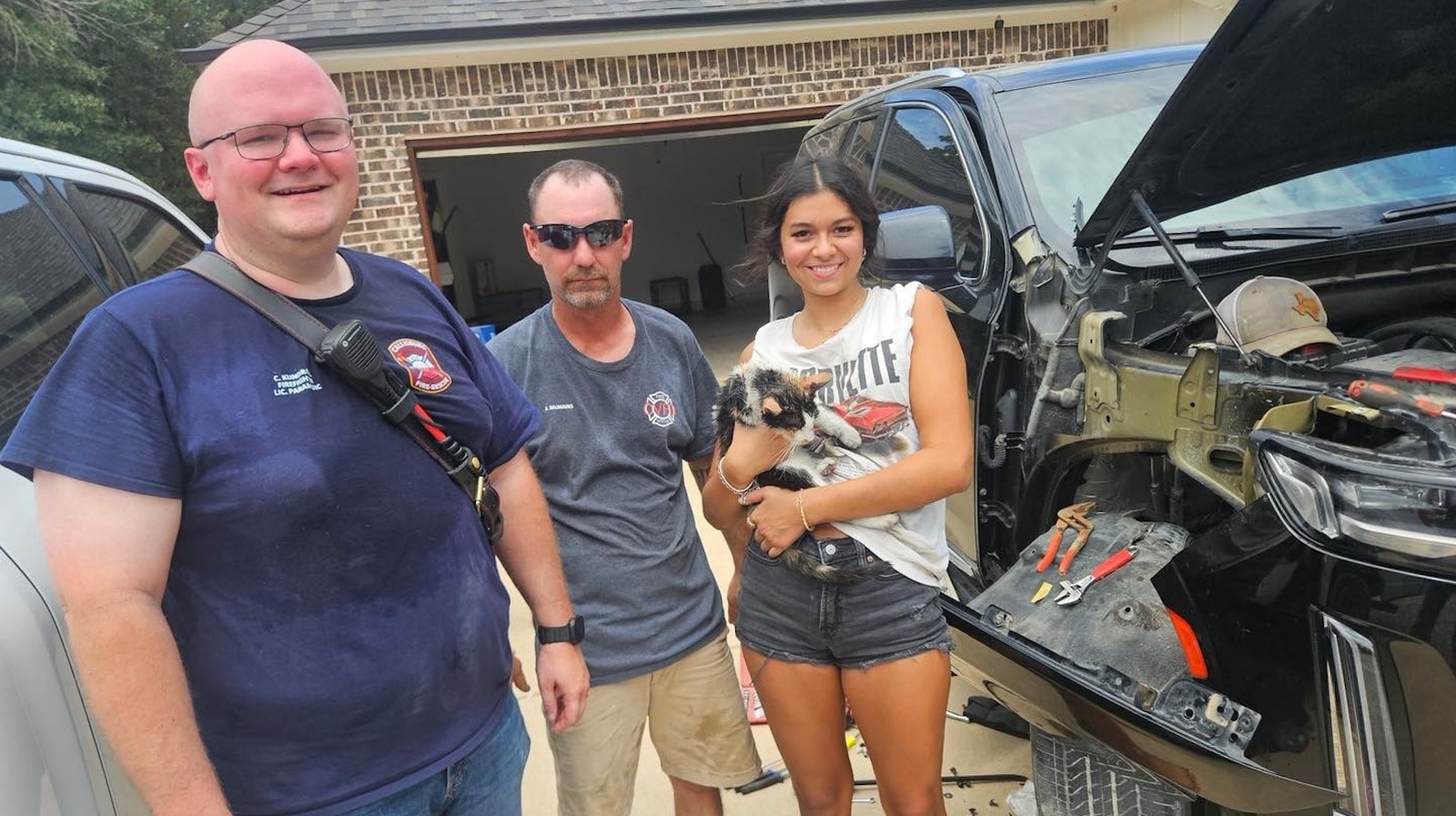
Teen’s Wild Highway Chase: Three Speeding Busts in Four Hours Ends in Car Seizure

Nürburgring Ends 16-Year Saga by Removing Troubled Ring Racer Roller Coaster
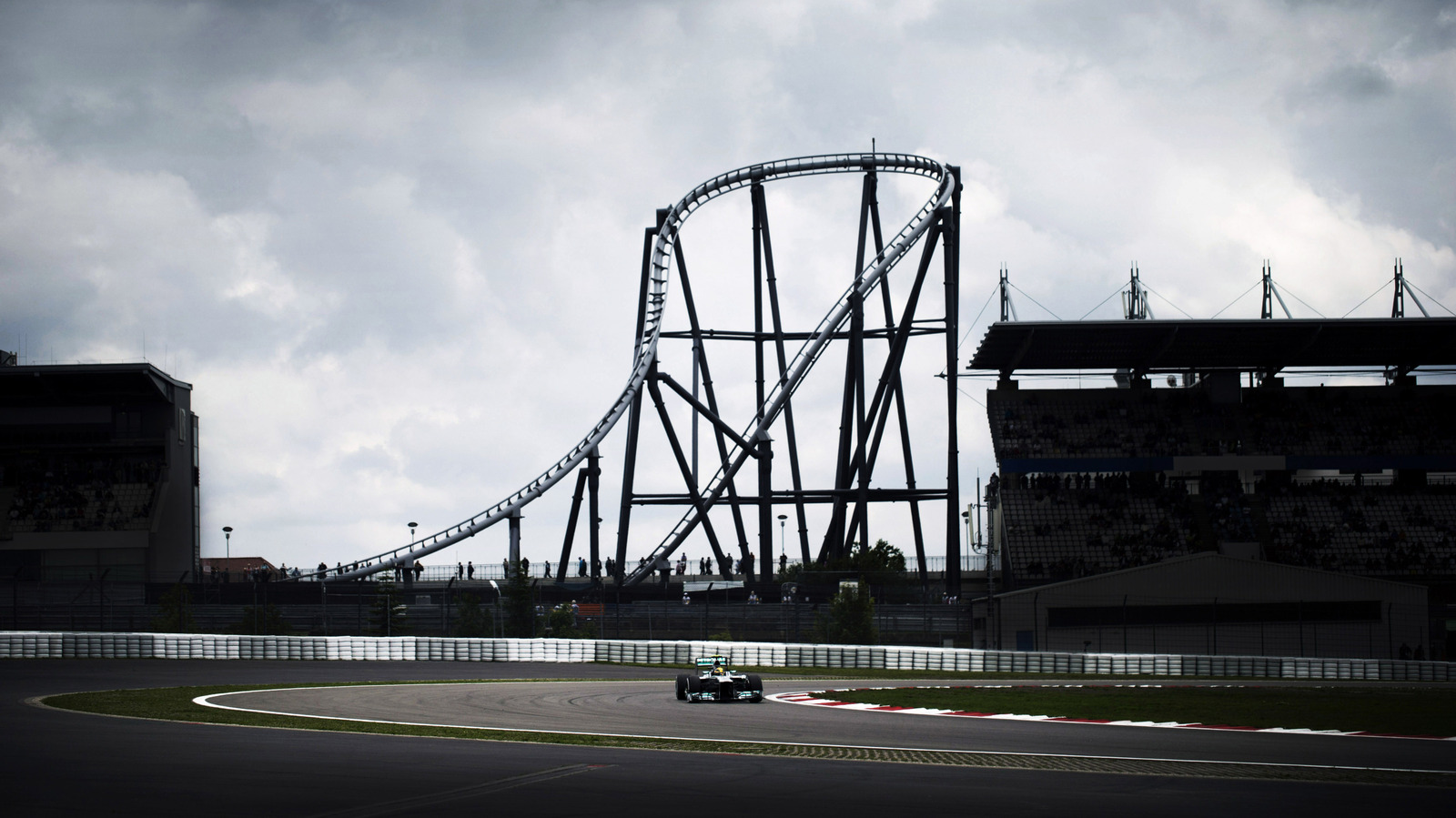
Stretched Ferrari 360 Modena Limo Turns Heads but Struggles to Find a Home
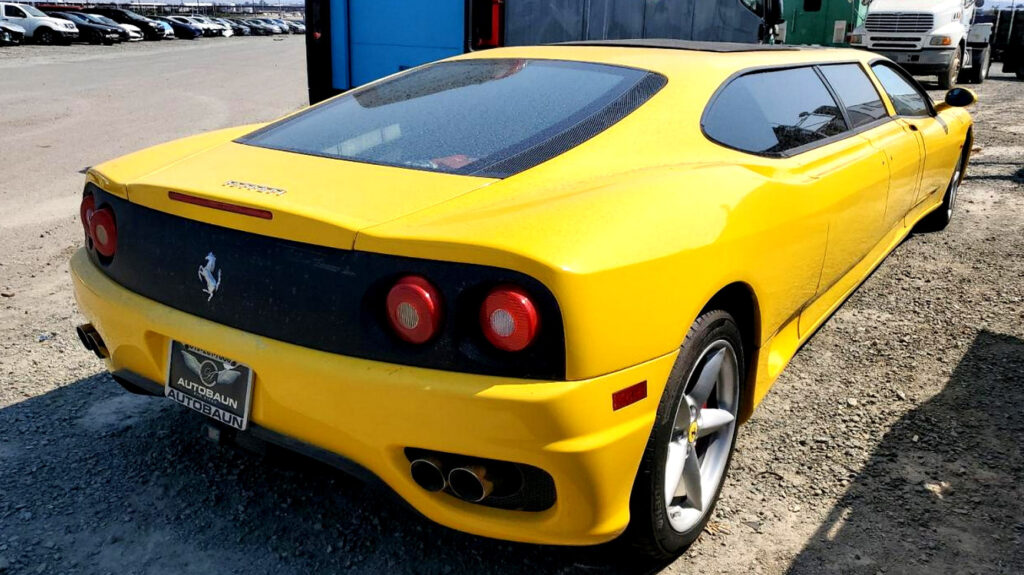
Australia Keeps Apple CarPlay and Android Auto in Cadillac EVs While Others Miss Out
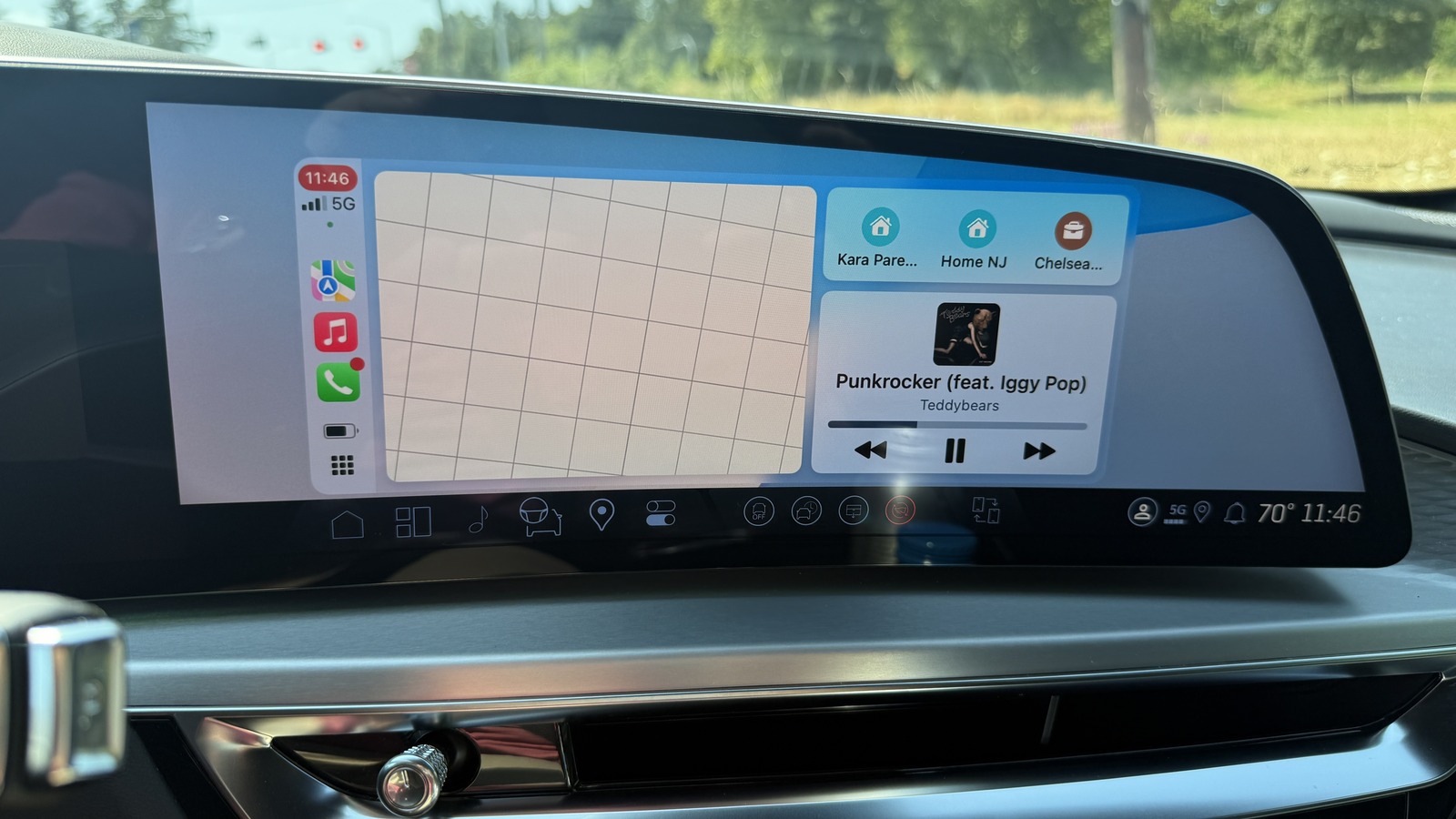
Jay Leno Unleashes the 815-HP Mustang GTD Supercar
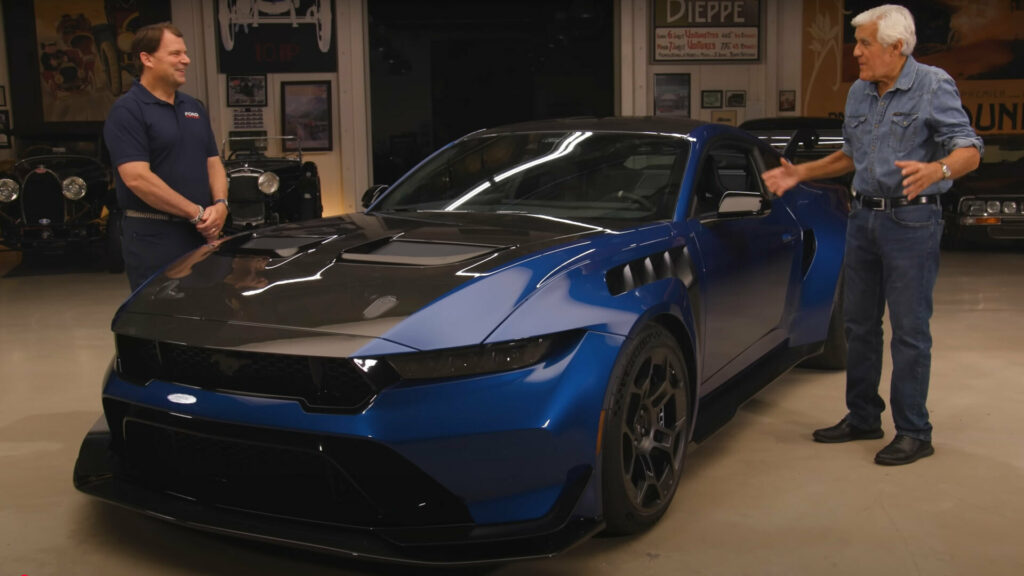
Audi Unveils Striking Electric Sports Car Concept Ahead of Global Debut
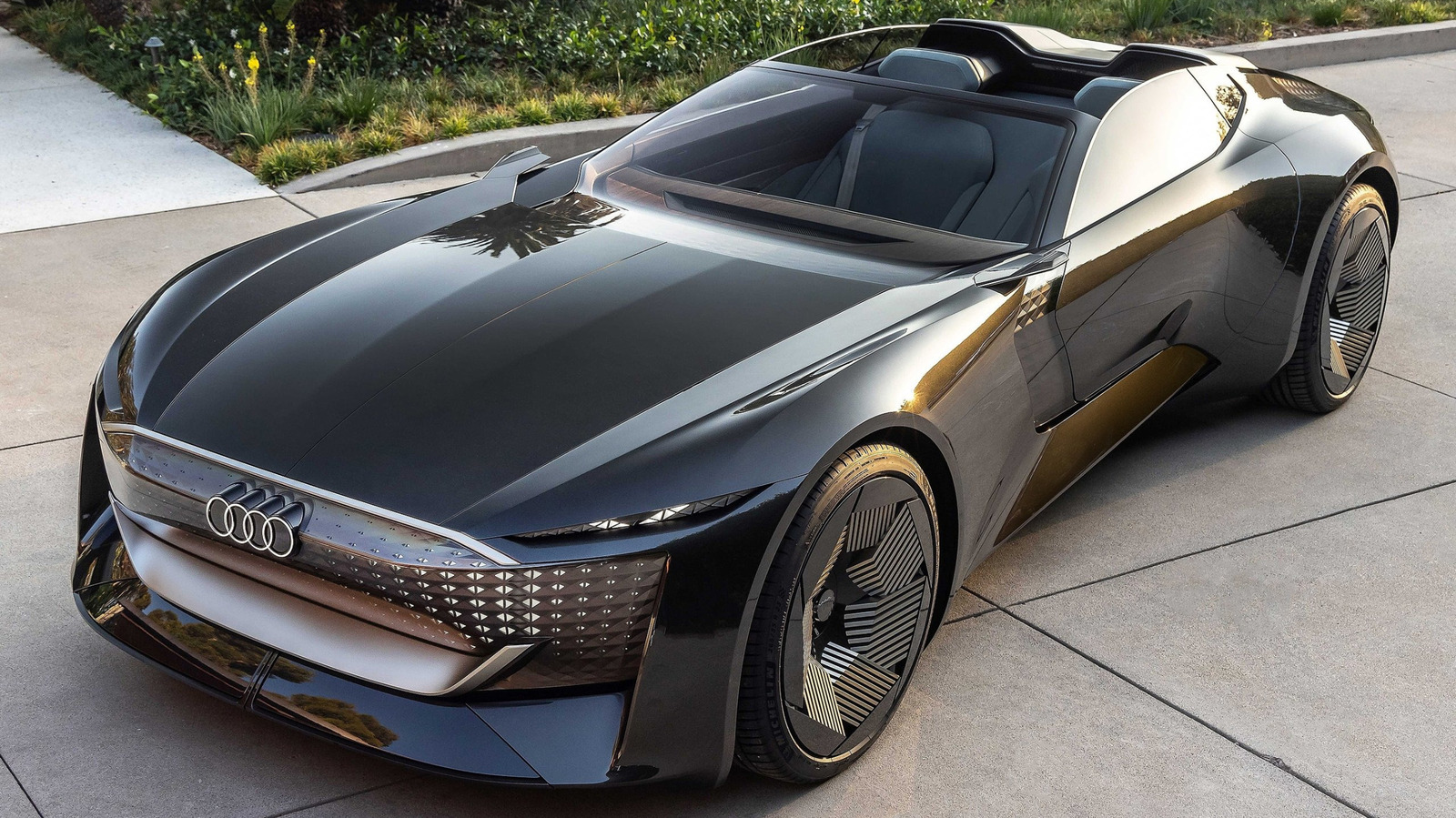
Dashcam Reveals High-Speed Pileup at Nurburgring After Sudden Loss of Grip
